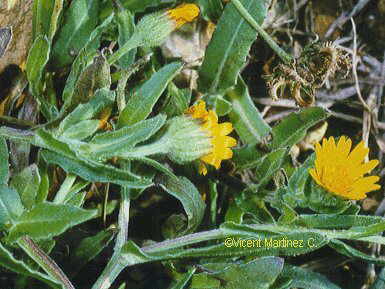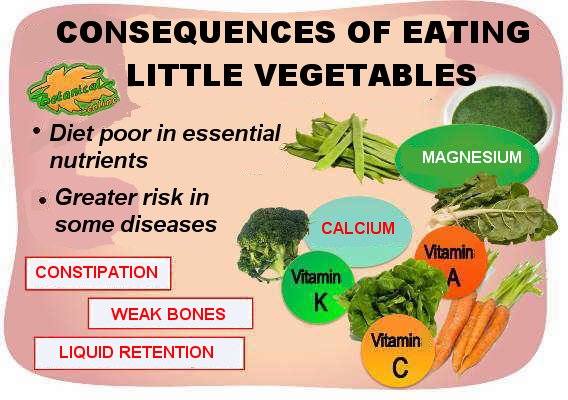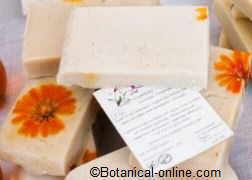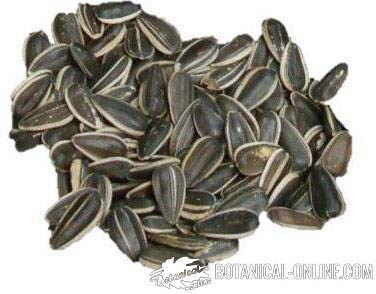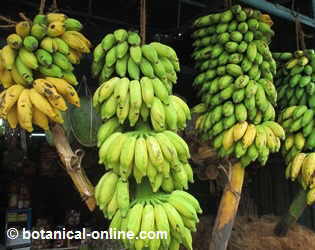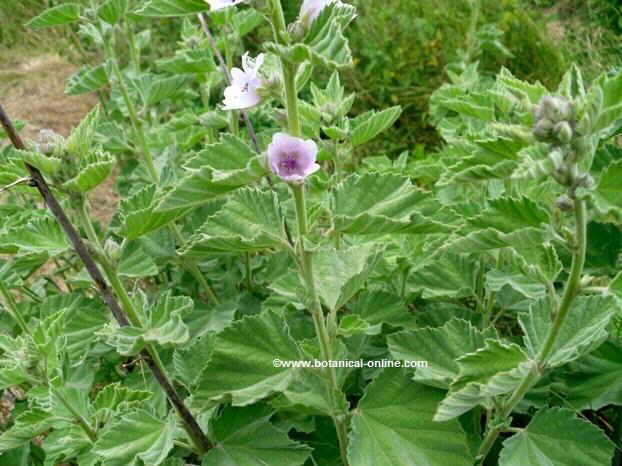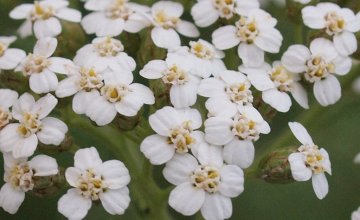Contents
What is a common violet?
Common English name: Common violet, sweet violet, heartsease, pansy, wild violet, love-in-idleness.
Scientific name: Viola tricolor L.
Etymology: The scientific name of the genus “Viola” comes from Latin, which in turn, comes from the Greek word “Io“. In mythology, “Io” was Jupiter’s lover. Jupiter’s wife was jealous of Io, so Jupiter protected her by turning her into a calf that fed on the meadow. So that “Io” could feed well, Jupiter created violets.
* See: Violet in other languages
The name of the species “odorata” (= odor) comes from the Latin and refers to the very characteristic intense aroma that this violet produces.
Family: Violaceae – Violet Family
Origin: Coming from Europe, it lives mainly under the trees of the forests of this continent and in North Africa, the Canaries and the Caucasus. It needs a certain humidity to be able to live adequately. So it prefers shady areas both under trees, near sunny walls, orchards, roadsides or between the grass of the law grass, preferably on calcareous soils. It has been introduced as an ornamental plant in North America and Australia.
Habitat: uncultivated land, fields, etc.. In gardening hybrid varieties are grown for ornamental purposes.
Common violet description
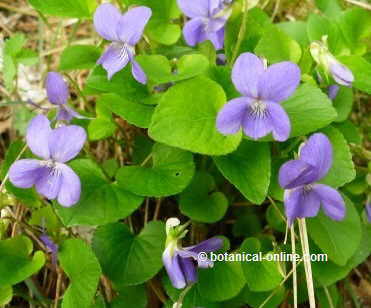
Photo of common violet
Annual or biennial plant with a woody stem till 15 cm high. Barely visible stems from a fleshy root, with stoloniferous buds.
Leaves in rosette, largely pedunculated, heart-shaped. Leaf peduncles with long hairs bent towards the ground.
Dark violet (sometimes white) flowers up to 2 cm in length, located at the end of long peduncles that sprout from the armpits of the leaves. They have 5 petals, two of which stand out for growing vertically. It also differs from the rest of the violets by having a style in the form of a hook. It blooms from mid-winter to early spring (late February to April) being the month of March when it can be found in greater abundance, hence that in French, Dutch or German it is also known as March flower.
Collection and conservation
The flowers and leaves will be collected in early spring and the roots in early fall. They should be dried in the shade and stored in a dry and shady place in clothes bags or glass jars. These tips are recommended for collecting wild plants.
Curiosities of common violet
Both the legendary origin of the violet, and its peculiar smell, haven been transcendental in turning it into a symbol of love.
There have been many lovers who have shown their love by giving their beloved some violets. The aroma of violet has also been used to create filters of love, with which the beloved woman could be conquered.
Violet plant composition
The components and active principles of the plant are the following:
- Acids: ferulic, sinapic (Plant) Malic (Flowers) octenoic, octyl, palmitic, propionic, salicylic (Leaves)
- Essential oils (0.04%) (mainly in the roots): Methyl salicylate, salicylic acid esters, nanadienal, nonadienol, octodienol, benzyl alcohol, eugenol, parmona.
- Flavonoids: quercetin, anthocyanin pigments (delphidin glycoside), rutoside or rutin, carotenoids
- Alkaloids: scopoletin (Plant), odoratin (Roots), violin (Flowers and roots)
- Saponins (Roots)
- Mucilages (Plant)
- Beta-sistosterol (Plant)
Used parts of the violet
As a medicinal plant, flowers are used mainly in infusions or syrups. You can also use the leaves.
The leaves of this are edible and are used both as remedy and in food.
Violet should be used with caution, in appropriate doses, to avoid its emetic effects.
![]() More information on violet
More information on violet

